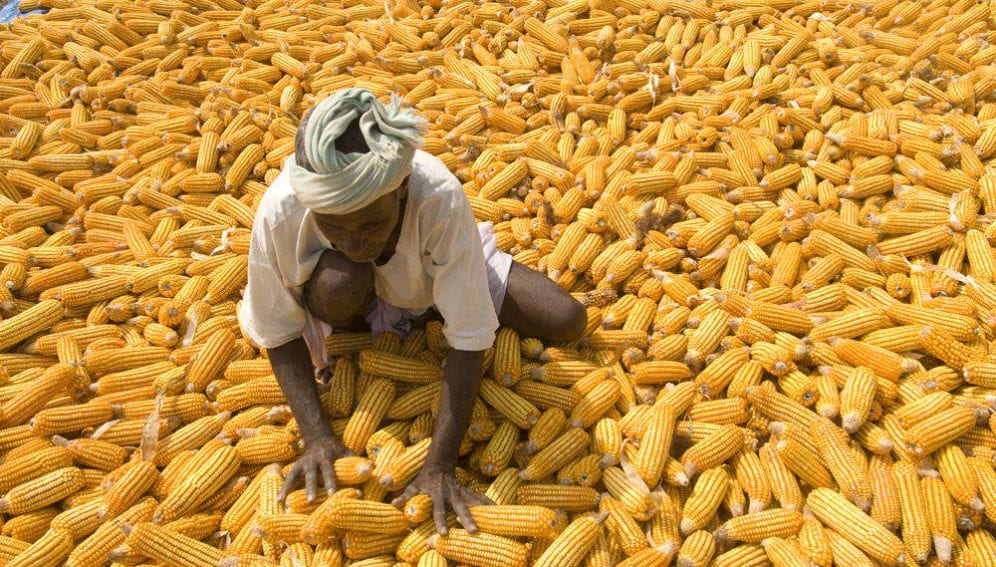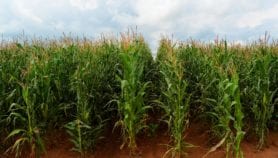By: Esther Nakkazi
Send to a friend
The details you provide on this page will not be used to send unsolicited email, and will not be sold to a 3rd party. See privacy policy.
[MOMBASA, KENYA] Scientists and economists have developed a forecasting computer software that can be used to predict market food prices and yields of staple crops over the next ten to 12 years.
The project under the Uganda-headquartered Association for Strengthening Agricultural Research in East and Central Africa (ASARECA) covering 11 countries, monitors and also gives a forecast of crop yields and food prices.
The member countries are: Burundi, Democratic Republic of Congo, Eritrea, Ethiopia, Kenya, Madagascar, Rwanda, Sudan, South Sudan, Tanzania and Uganda.
"The forecasting model under testing is a pioneer for the region that will improve food security," said Fina Opiyo, the executive director of ASARECA, at the 5th Eastern Africa Grain Council summit in Mombasa, Kenya, early this month (1-3 October).
“Sometimes you find cassava rotting in the fields yet there are deficits elsewhere. We want to ensure that food is well distributed and that the information generated is used to inform government decisions and policies.”
Fina Opiyo,
ASARECA
The information used is of food price indexes generated by each of the countries' bureau of statistics every month. It is amalgamated, analysed and distributed to create price awareness through different media such as radio.
Jonathan Nzuma, an agricultural economist and a lecturer at University of Nairobi, Kenya, who was involved in the project, says they have generated a baseline scenario which can inform them on what is likely to happen to prices, production, consumption and yields in the next ten years.
Baseline data available so far are for wheat in Kenya, wheat and teff in Ethiopia as well as maize in Uganda. They expect to extend it to cover more markets in remaining countries, namely Burundi, Democratic Republic of Congo, Eritrea, Madagascar, Rwanda, Sudan and Tanzania.
For instance, the model projects that from 2013-2025, maize prices in Uganda will increase by 10 per cent while wheat in Kenya by 12 per cent and Kenya’s maize prices will go up by five per cent. Ethiopia will experience over 100 per cent rise in teff prices.
It also predicts changes in yields over the next 12 years. In Ethiopia, the wheat yields will grow by 18 per cent while in Kenya they will also rise by 10 per cent. Maize yields in Ethiopia and Kenya will grow by 28 per cent and 10 per cent respectively.
Tadesse Worako, from the Ethiopian Development Research Institute, says originally, Ethiopia had some data but were poorly organised and lacked synergy in price analyses among different organisations that collect data such as the Central Statistical Agency.
But with this price monitoring project, information on prices is moving from food surplus to food deficit areas. In Ethiopia, the model is already working for regions such as Addis Ababa, Balurdar, Mekel, Jirnma, Diredawa, and Shashemene, which are either food surplus or deficit areas. For these areas price data are now organised and distributed including by radio.
"The major challenges in price forecasting relate to unreliable or poor quality data. It cannot be used to support a full balance sheet [summarised financial statement]. There is also lack of capacity for modelling," says Nzuma.
This article has been produced by SciDev.Net's Sub-Saharan Africa desk.














